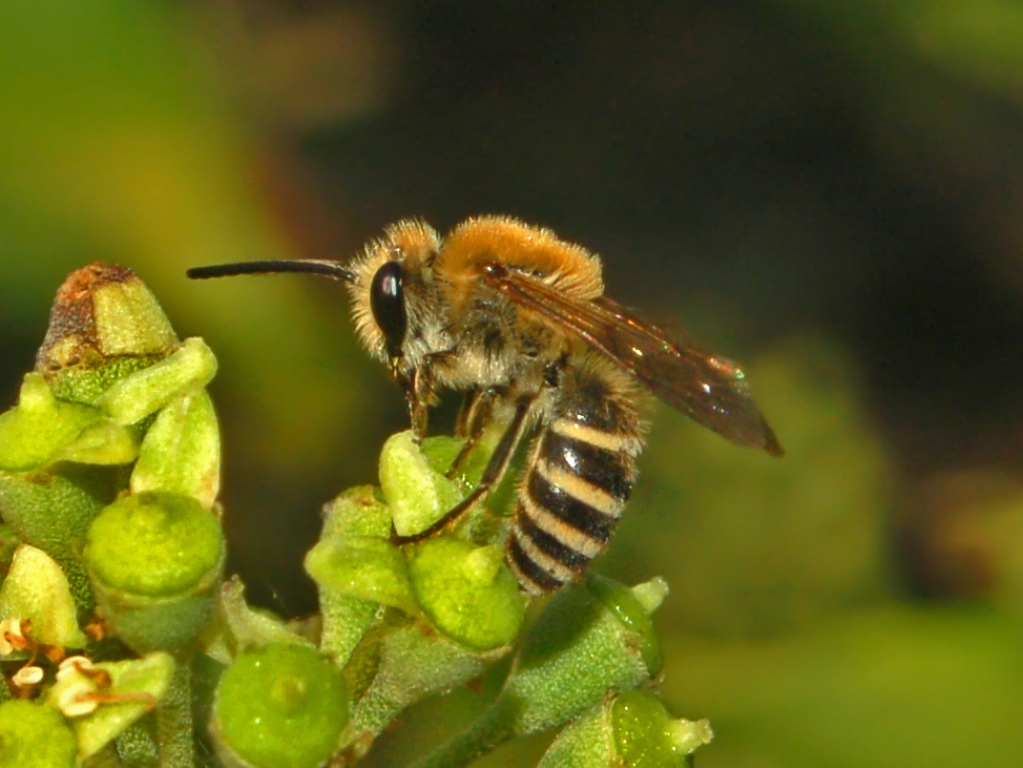Letter: There Are More Effective Ways To Protect Pollinators Than Not Mowing In May

Colletes bee. Photo: Wikimedia commons
Thanks for calling readers’ attention to the biodiversity crisis in this week’s Indy. There’s no doubt about it: pollinators, other insects, and wildlife in general are in trouble. It’s also true that homeowners can make a significant contribution to preserving or restoring the ecosystems that pollinators and other wildlife depend on.
However, what works up north in Wisconsin may not be the best approach here in Amherst.
If you have a healthy lawn in full sun, it could be pretty wild and wooly if you leave it uncut until the end of May.
You’ll probably be helping pollinators more by simply mowing less often throughout the year. In the 2014 study conducted in Springfield and referenced in your article, lawns mowed every other week had far more pollinators as well as greater pollinator diversity (111 different species of native bees observed!) than lawns mowed on a weekly basis. However, the grass in lawns cut every three weeks was tall enough to make it more difficult for bees and butterflies to find the flowers, so fewer pollinators were observed in those lawns than in the ones mowed every other week. Needless to say, none of these lawns was sprayed with herbicides, which would have resulted in a complete dearth of pollinators.
I agree that introducing native lawn plants into your lawn, such as wild strawberry, self heal (Prunella vulgaris), and various violet species, is beneficial to native pollinators. However, dandelions, clover, and thyme are non-native, making them less helpful. (Honeybees, by the way, are also non-native, and while they’re important to gardeners and farmers, we need to focus our efforts on the habitat needs of native pollinators, especially our native bees, to restore ecosystem health.)
When assessing your property’s potential for pollinator friendliness, think “good, better, best.” Scientist Doug Tallamy, author of Bringing Nature Home, is urging urban and suburban property owners to preserve our local ecosystems by creating wildlife sanctuaries featuring trees and shrubs as well as herbaceous native plants on their land to welcome pollinators, songbirds, and other essential organisms. For a great list of high-value native trees and shrubs for native pollinators, see this list provided by Cornell Extension Service.
Also, thanks for referencing the excellent resources offered by Pollinate Northampton to help readers make their properties pollinator-friendly.
Creating nature sanctuaries where we live gives us the chance to deepen our connections to nature as we witness more of life’s marvels throughout the seasons.
John Root
John Root is an Amherst-based landscaper and naturalist and a member of Pollinate Amherst

Instead of “clear-cut” mowing, selective cutting with a human-powered grass-whip is also effective — and pretty good exercise too! But remember to wear gloves for bigger jobs early on (or you’ll develop some serious blisters)….